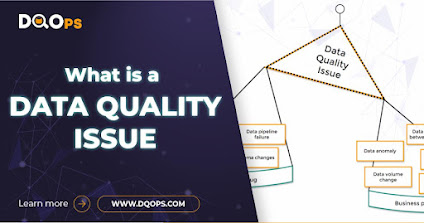Application of big data techniques to a problem

Application of big data techniques to a problem Just think, Big Data is not the load of data. The data are there mainly in order to respond to real world problems. A classical example is the application of Big Data for a telecommunication company in order to foresee customer churn. After analyzing customer interactions, the history of their bills, and usage patterns, the organizations can make a customer segmentation to identify who is most likely to leave. Once a churn risk model has been developed with help of machine learning methods, the enterprises that have the model at their disposal can get in touch with problematic clients by giving them personalized proposals, extra value for the services, or any special help required to them. This can highly contribute to the retention of customers while it leads to the reduction of the cost to attract new ones. The model continues ...






